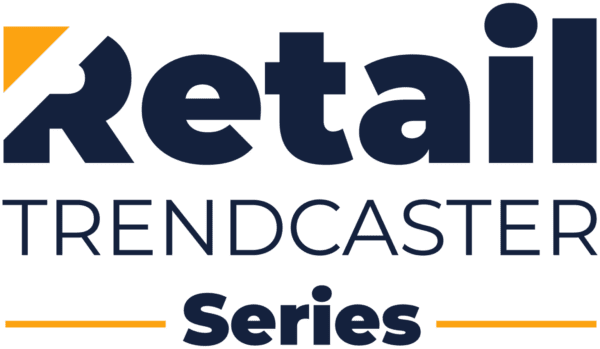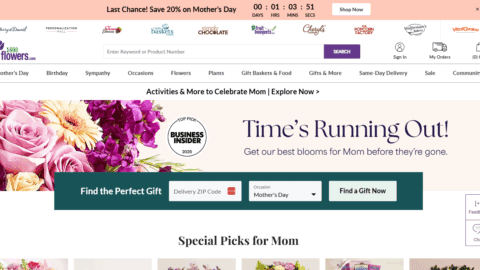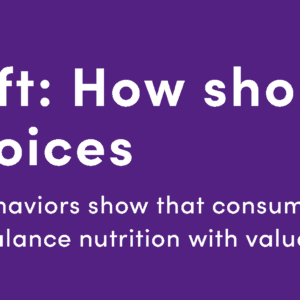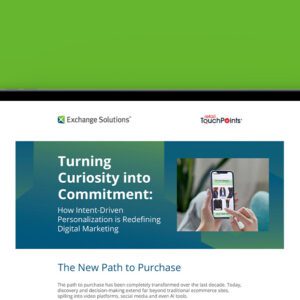Supply chain consultant Tompkins Associates has released its Top 11 Priorities for Profitable Growth in 2011 report, citing three key strategies retailers should focus on in the coming year: a renewed focus on supply chain best practices, a continued need to keep inventories in check and a push to reach more online customers.
The complete list of Tompkins’ Top 11 Priorities is below:
Read more about the Top 11 Priorities for Profitable Growth in 2011 at the Tompkins Associates web site.
Advertisement



